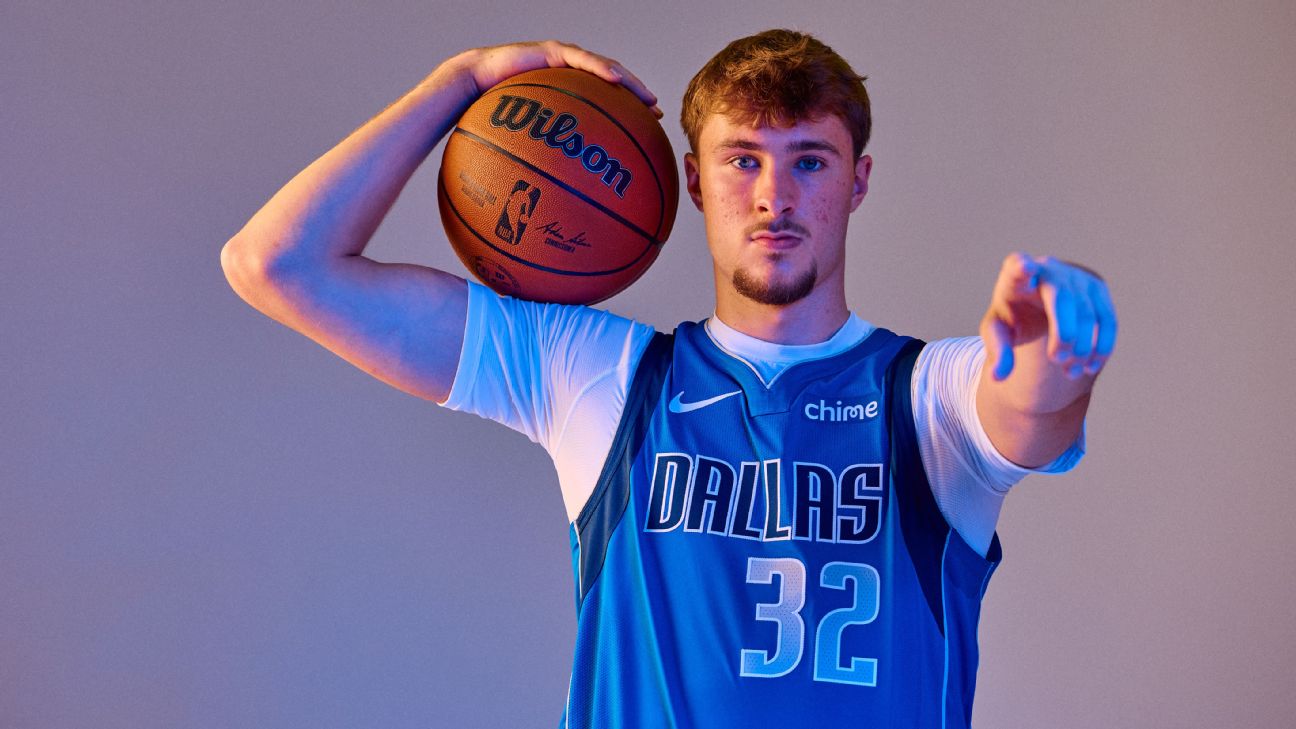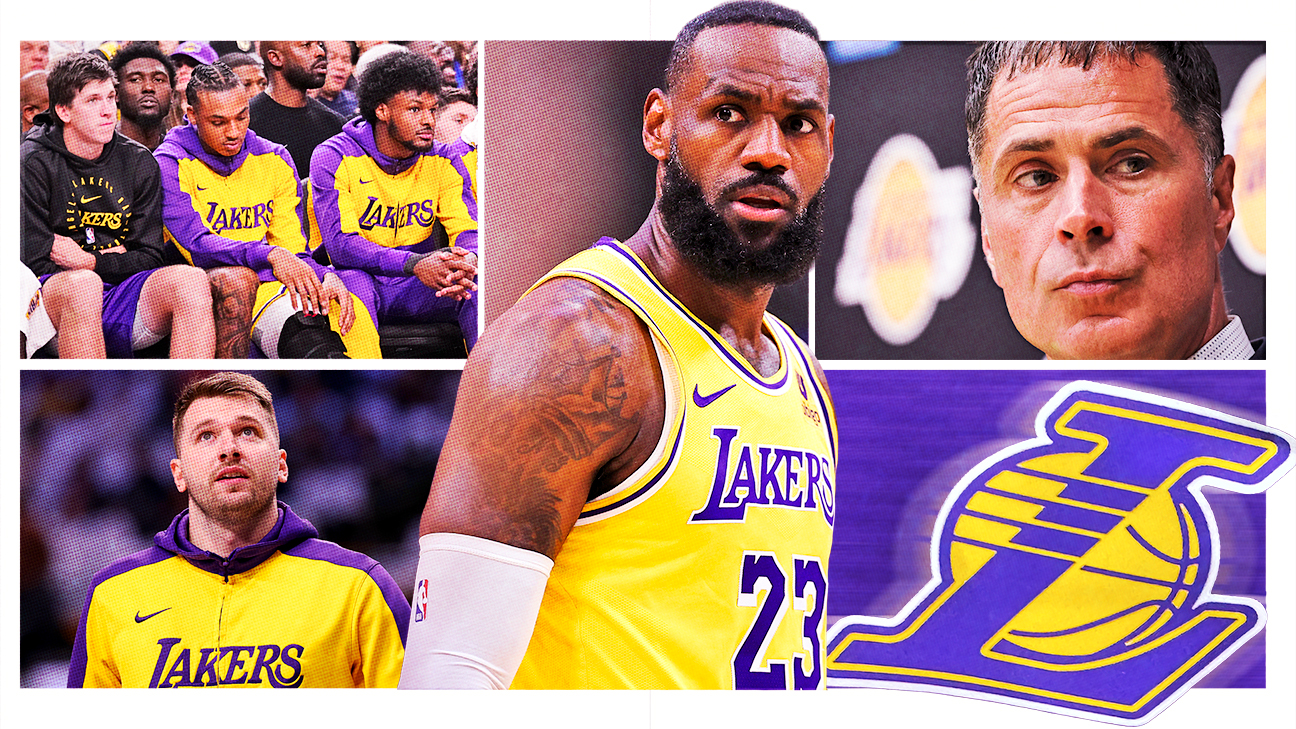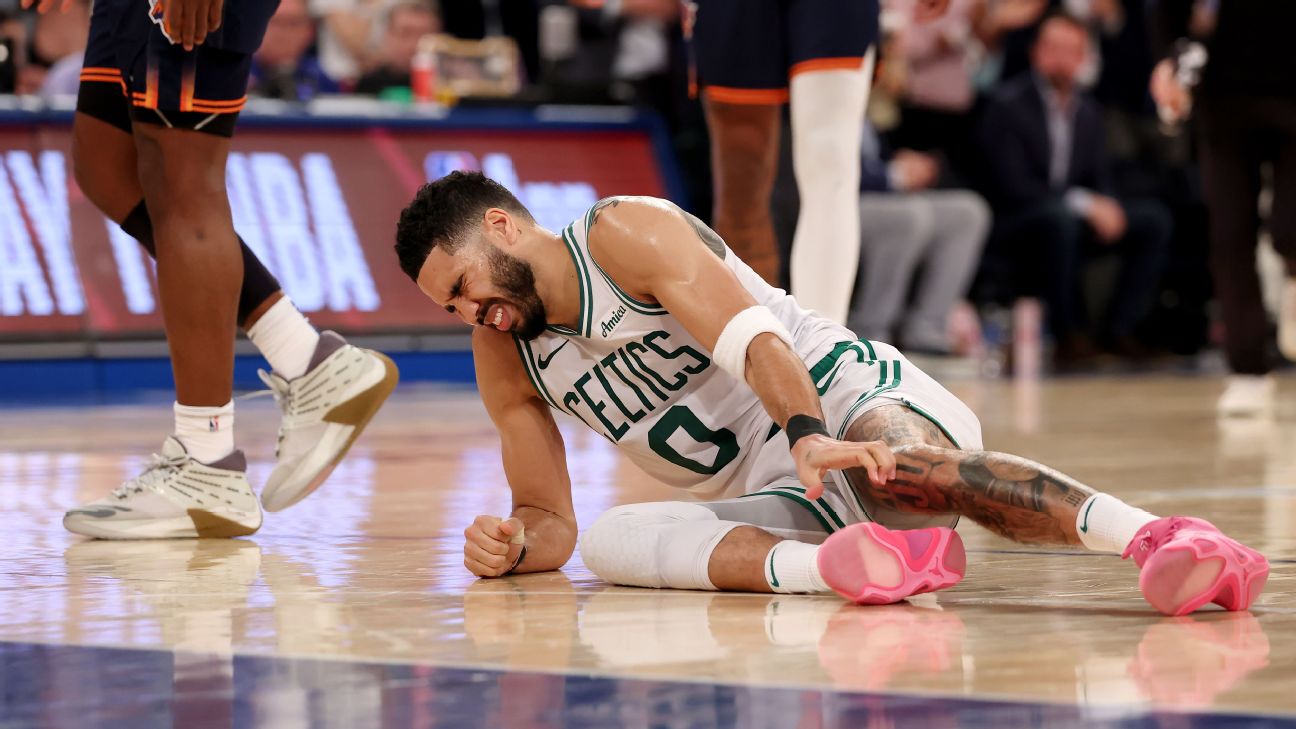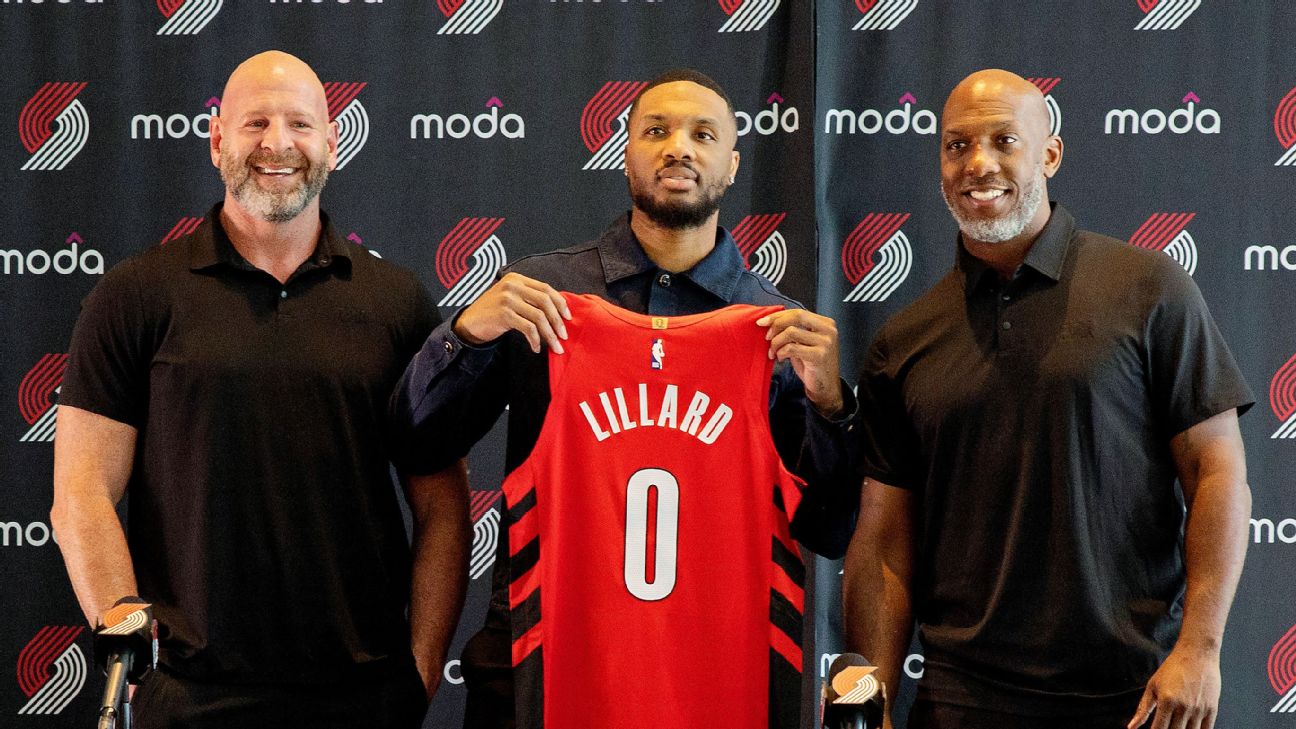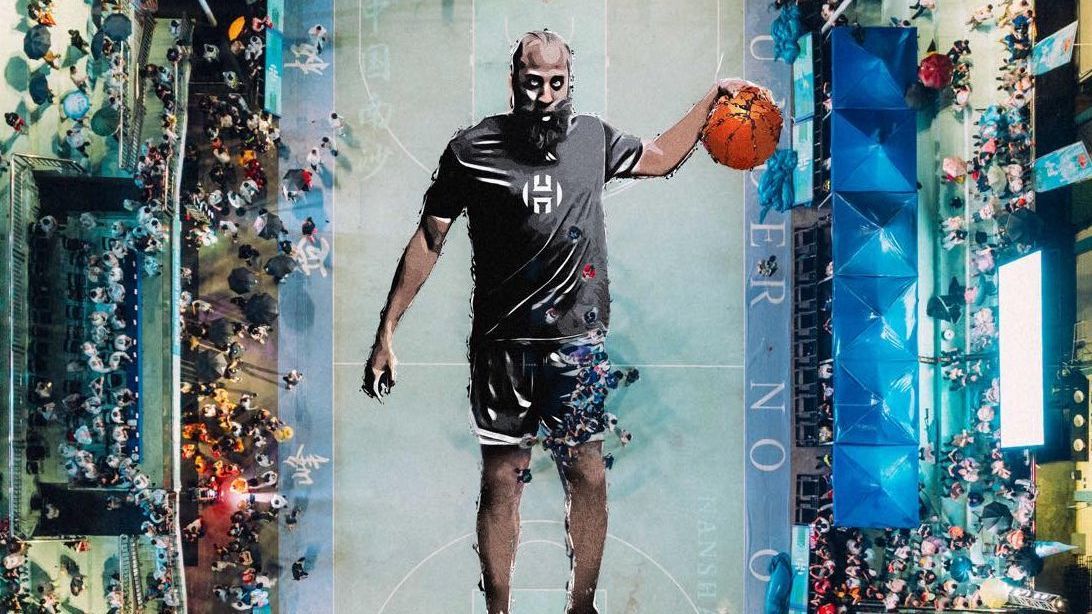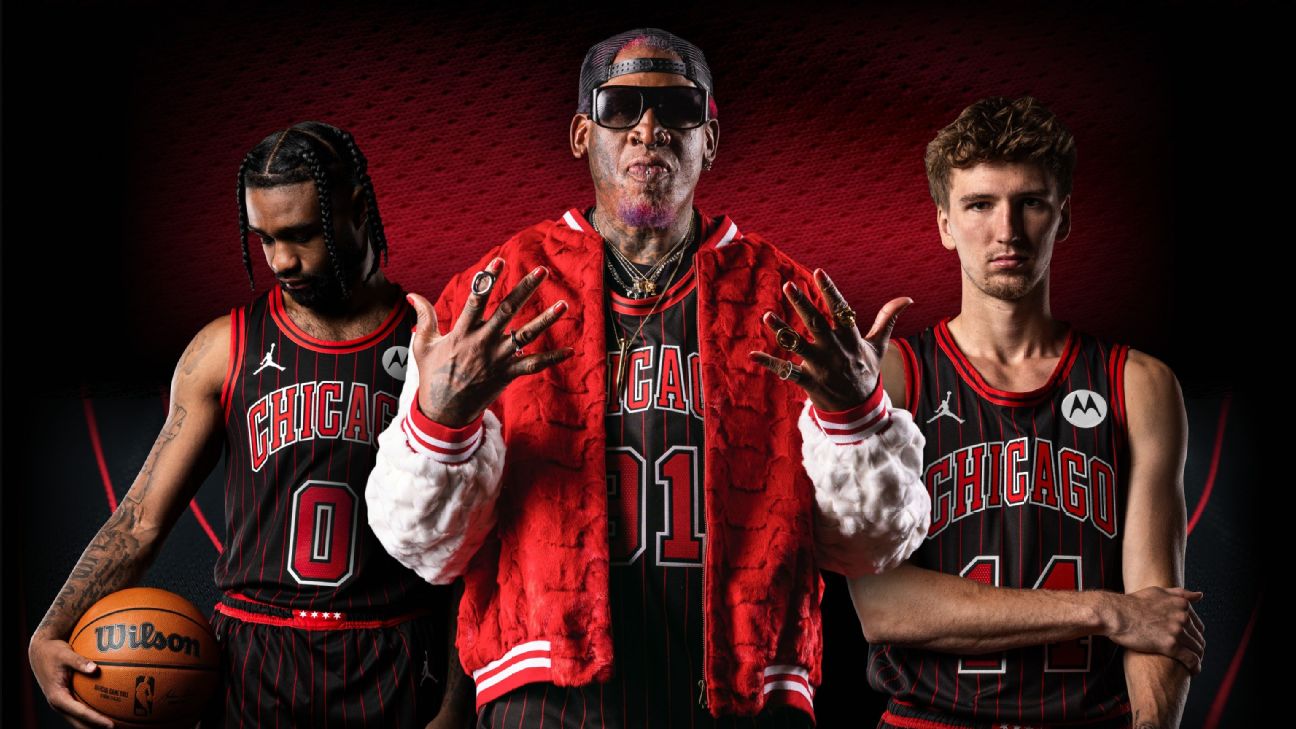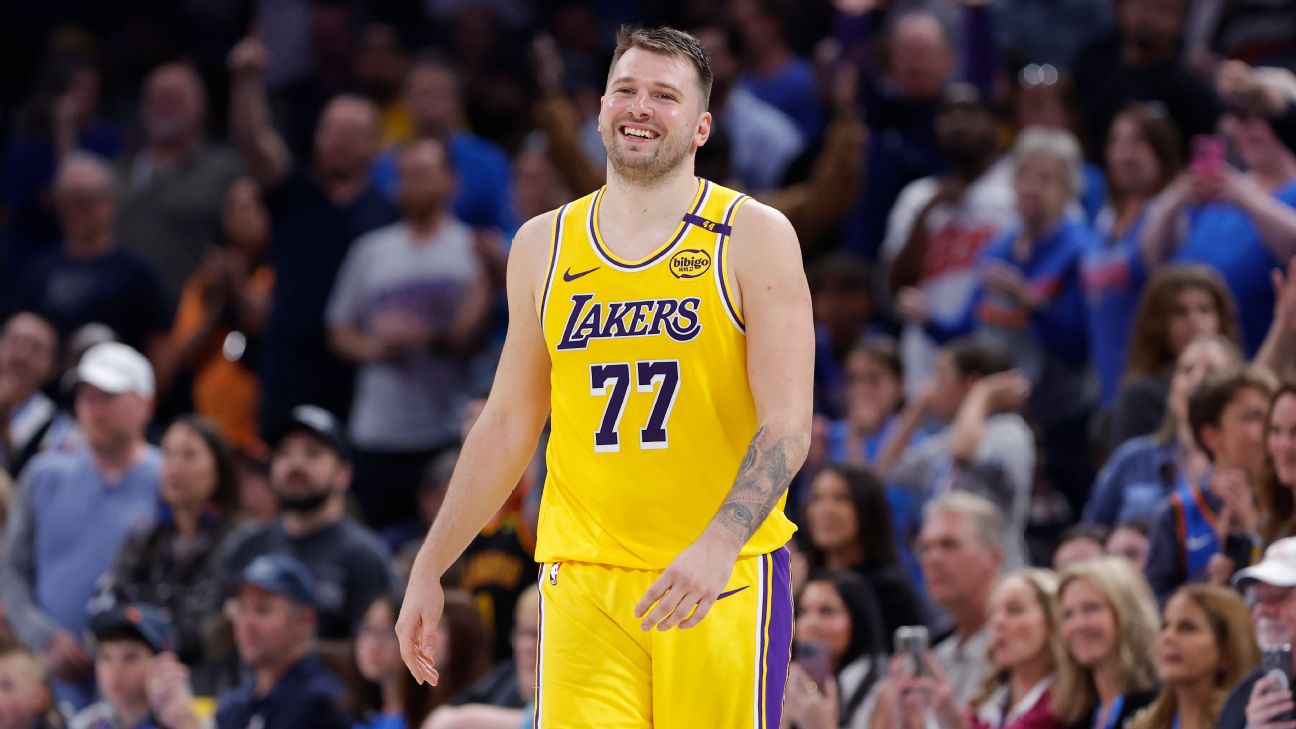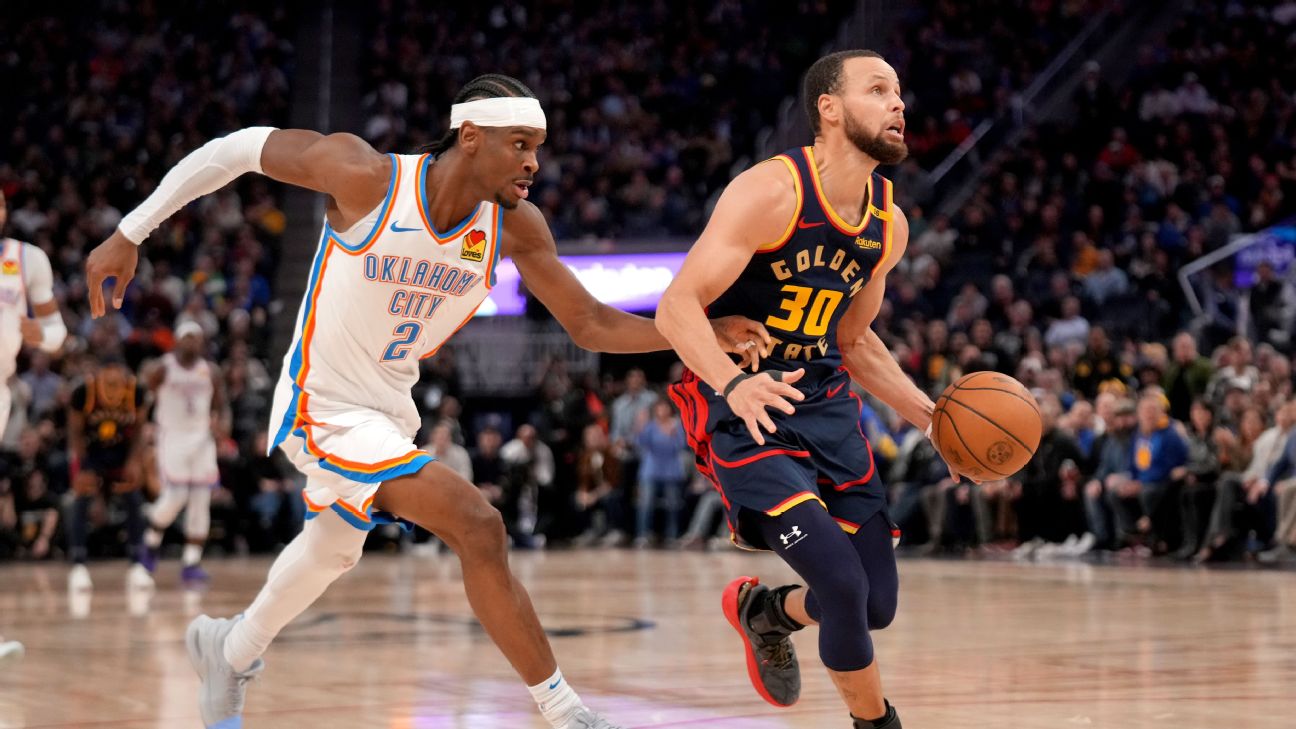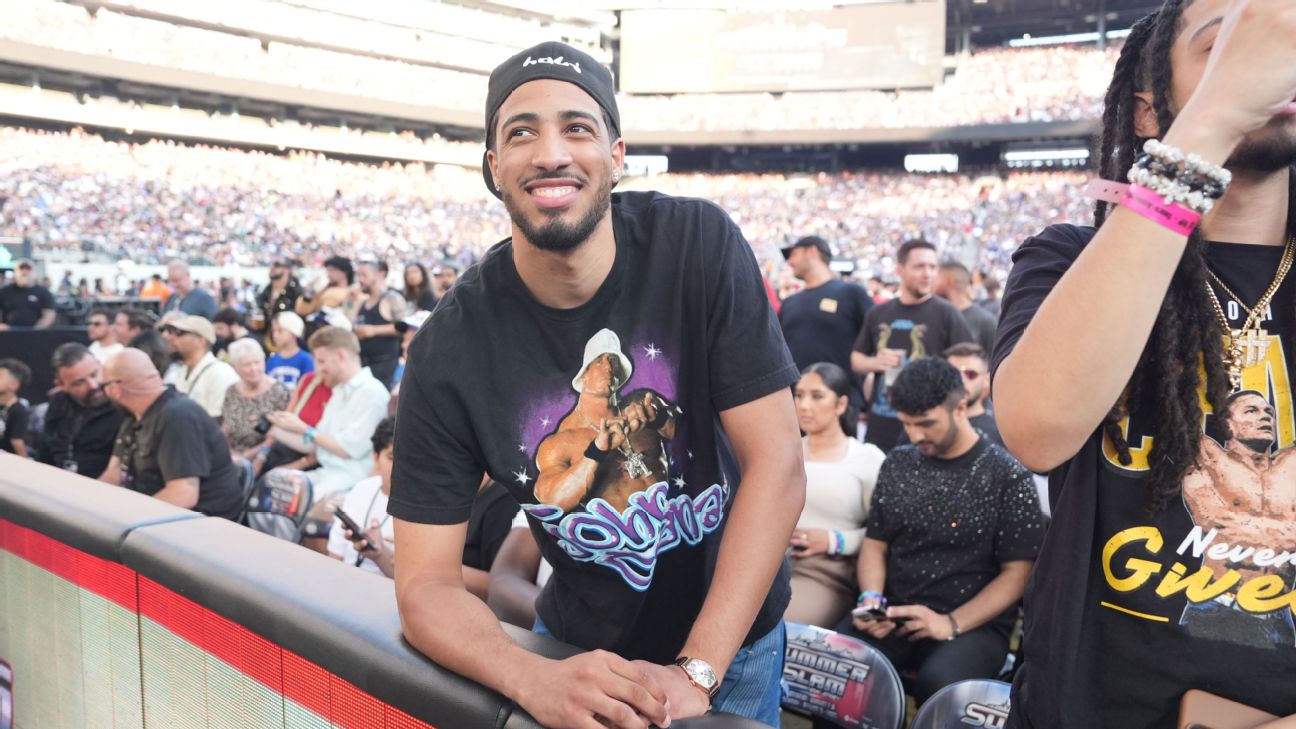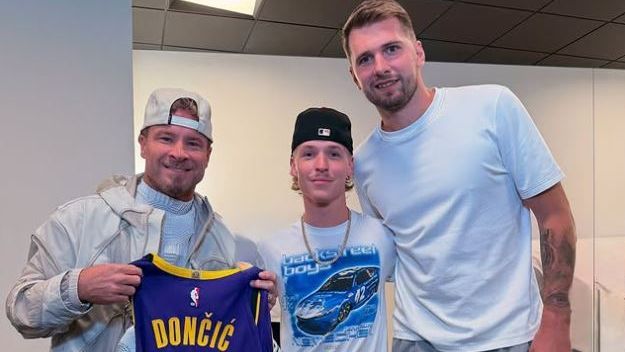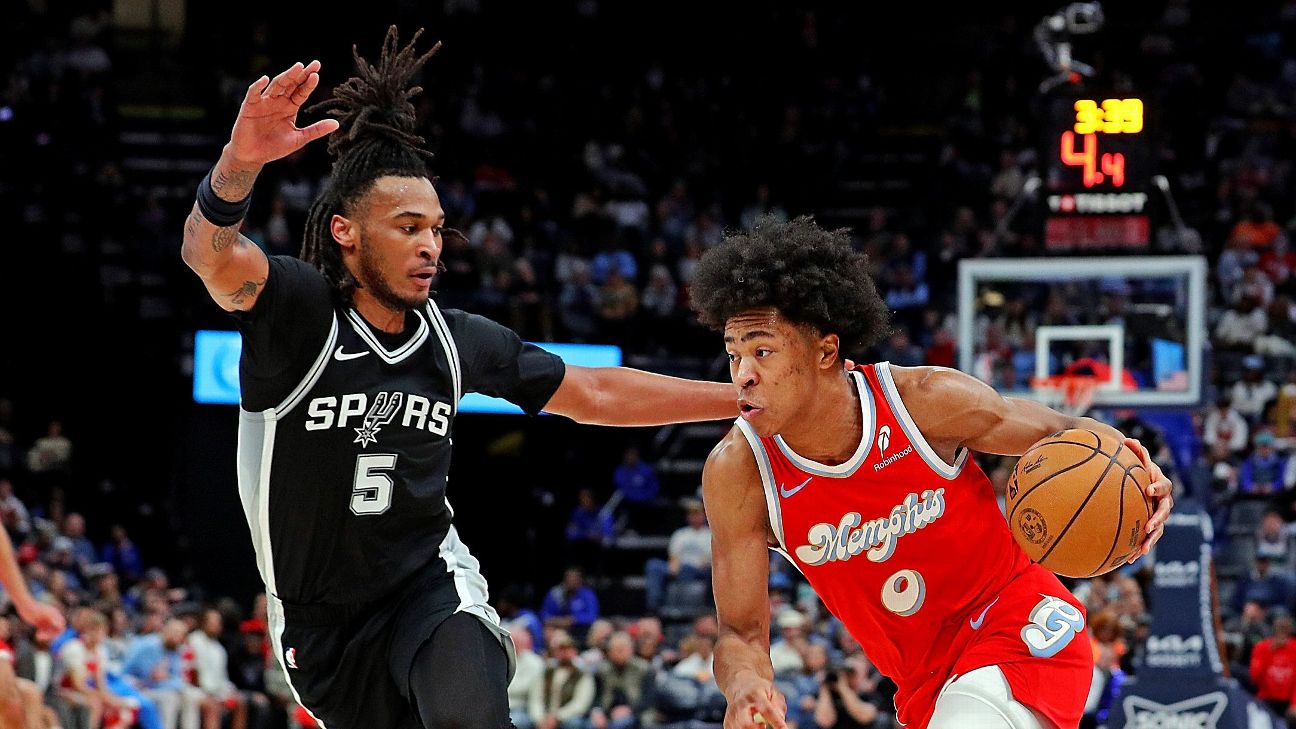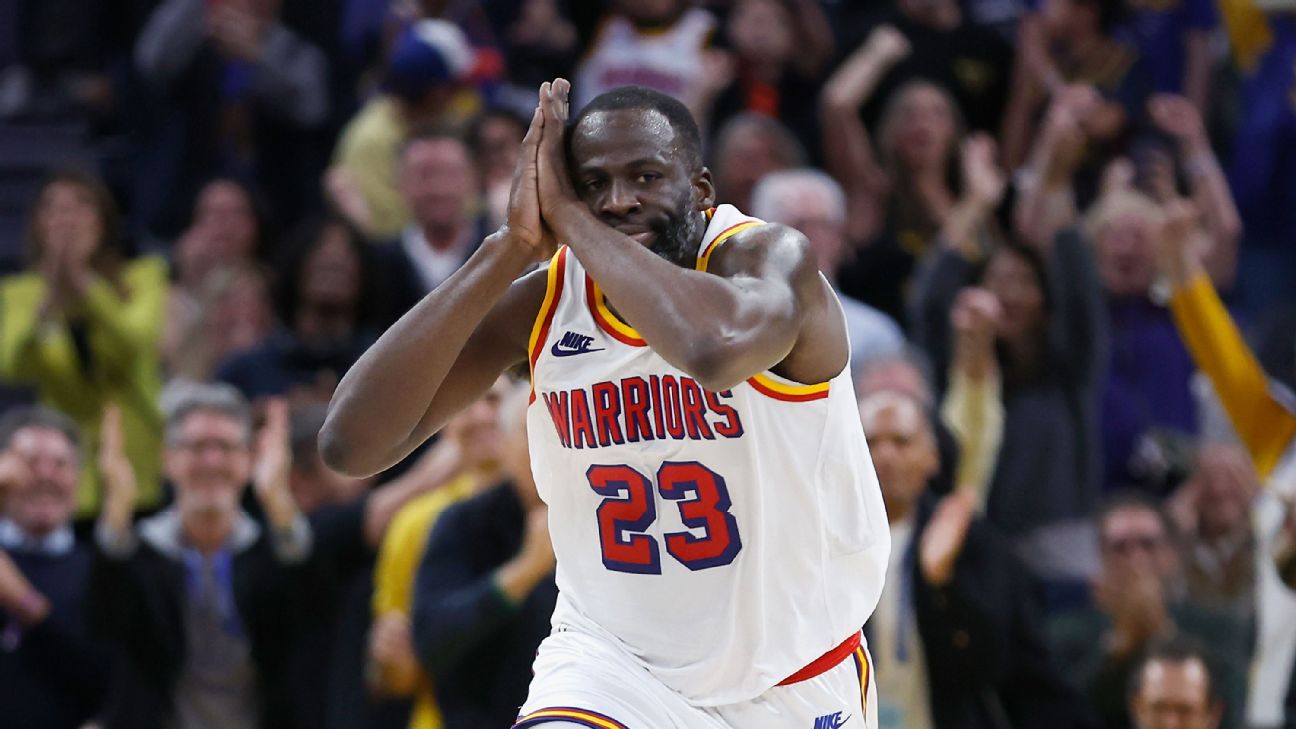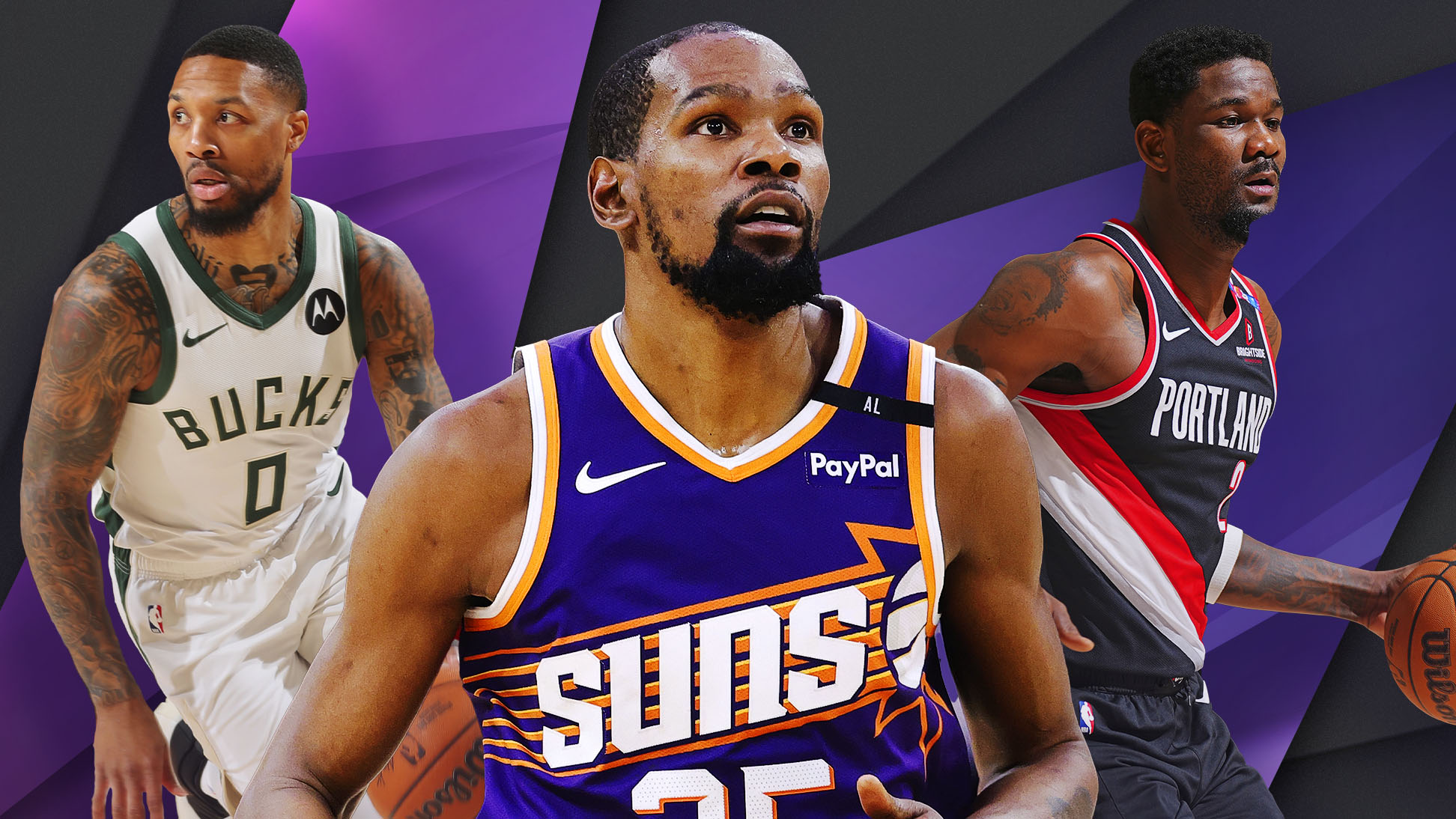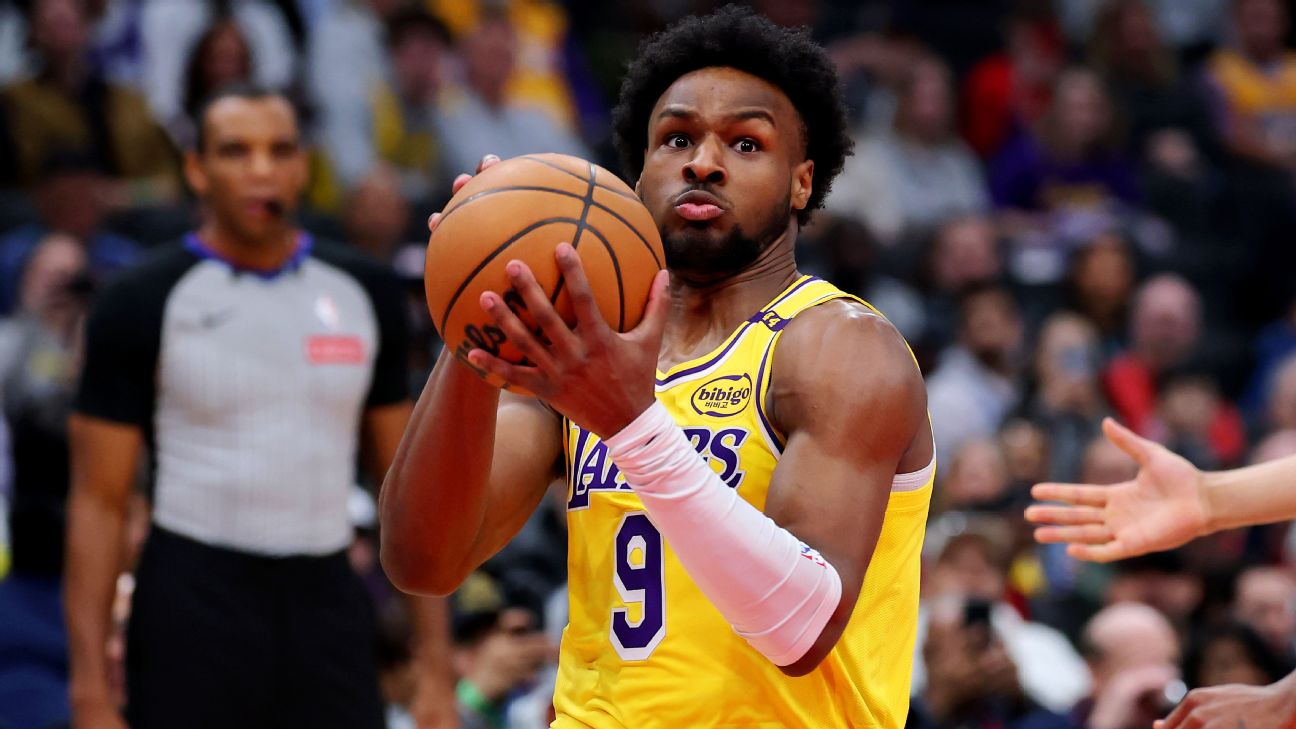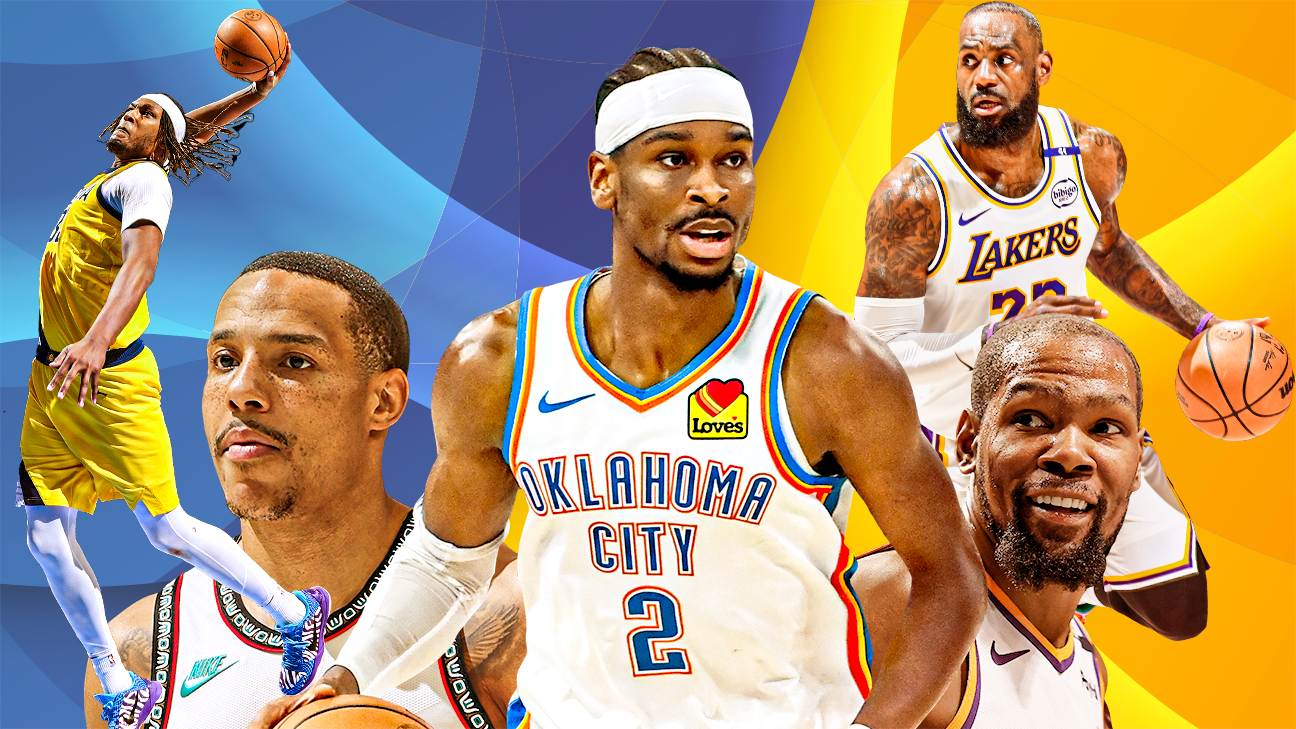The New Era of NBA Parity: Challenges and Opportunities in Building a Dynasty
Explore how the NBA's era of parity is reshaping team strategies and the challenges of building a dynasty in today's competitive landscape.
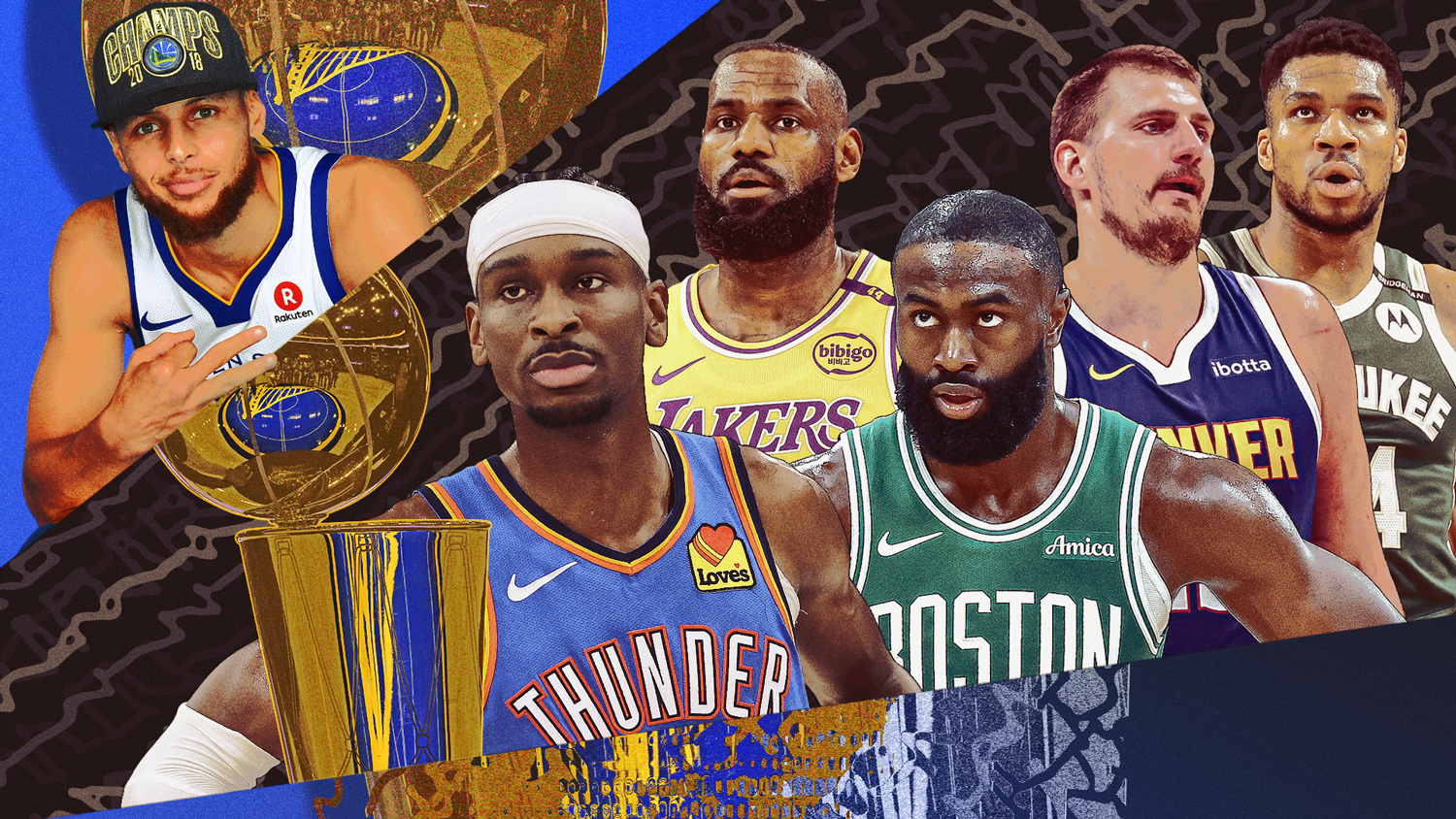
The NBA has always been a league built on dynasties. From Bill Russell's Boston Celtics in the 1960s to the Golden State Warriors of the 2010s, dynastic teams have defined eras and captivated fans. However, the landscape of the NBA is shifting dramatically. Since the Warriors' back-to-back championships in 2017 and 2018, the league has seen seven different champions, marking the longest stretch of parity in its history. This new era presents both challenges and opportunities for teams aiming to build a dynasty.
The Rise of Parity
The NBA's current era of parity is unprecedented. Over the past seven seasons, seven different teams have hoisted the Larry O'Brien Trophy, and there have been 11 different finalists. This level of competition is a stark contrast to the dynastic runs of the past, where teams like the Chicago Bulls, Los Angeles Lakers, and San Antonio Spurs dominated for years. NBA Commissioner Adam Silver has embraced this shift, stating that parity of opportunity is good for the league. "When more teams have a genuine chance at winning a championship, the competition on the court is more compelling, and fans in more markets are engaged," Silver said.
The Financial Challenges
Building a dynasty in today's NBA is more complicated than ever due to the league's financial constraints. The new collective bargaining agreement (CBA) has introduced restrictive salary cap aprons that limit how much teams can spend. This has forced high-spending teams to make difficult decisions, often trading key players to stay under the cap. For example, the Boston Celtics traded Jrue Holiday and Kristaps Porzingis, key contributors to their 2024 championship, to reduce payroll. Similarly, the Denver Nuggets traded Michael Porter Jr. to free up cap space.
The Importance of Flexibility
In this new era, flexibility is paramount. Teams must avoid overpriced contracts and maintain financial flexibility to build a competitive roster. The LA Clippers, for instance, chose not to re-sign Paul George, focusing on long-term flexibility instead. This strategy has paid off, as the Clippers are now well-positioned to remake their roster in 2027. On the other hand, the Philadelphia 76ers, who signed George to a max contract, are struggling with financial constraints and uncertainty around Joel Embiid's future.
The Role of Depth and Balance
Depth and balance have become critical components of team building. The New York Knicks, for example, have crafted a deep and balanced roster through savvy trades and contract extensions. Their starting five of Jalen Brunson, Josh Hart, Mikal Bridges, OG Anunoby, and Karl-Anthony Towns positions them as long-term contenders while staying below the second apron. The Oklahoma City Thunder, the defending champions, have also prioritized depth, surrounding their stars with veterans on sensible contracts and young players on rookie deals.
The Future of Dynasties
The question remains: Can a dynasty rise again in this era of parity? While the current system makes it challenging, it is not impossible. Teams must be strategic in their decision-making, focusing on long-term planning and maintaining financial flexibility. The league's talent pool is deeper than ever, with stars like LeBron James, Stephen Curry, and Kevin Durant continuing to play at a high level into their late 30s. Meanwhile, young stars like Shai Gilgeous-Alexander, Cade Cunningham, and Victor Wembanyama are emerging as the next generation of NBA leaders.
Conclusion
The NBA's era of parity is reshaping how teams approach roster construction and long-term planning. While the challenges of building a dynasty are greater than ever, the opportunities for teams to compete for a championship are more widespread. As Commissioner Adam Silver noted, "The fact that we will have had seven different champions over the past seven years is a good indication that we are headed in the right direction." Whether this era of parity will become the new normal or a historical footnote remains to be seen, but one thing is certain: the NBA is more competitive and unpredictable than ever before.












